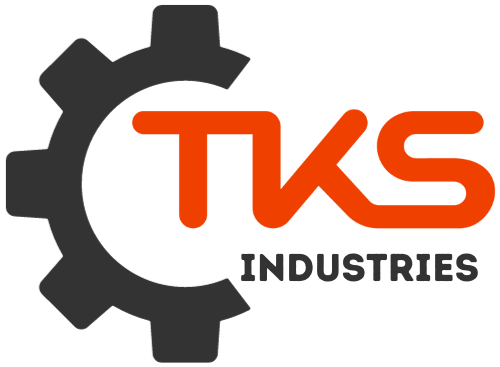[ad_1]
The Ultimate Guide to Company Machinery: A Comprehensive Overview
In today’s fast-paced business world, companies rely heavily on machinery to streamline their operations, improve efficiency, and increase productivity. With the vast array of machines available, it’s essential to have a comprehensive understanding of what each one does and how it can benefit your organization. In this article, we will provide an in-depth look at the different types of company machinery, their functions, and benefits.
1. Manufacturing Machinery
Manufacturing machinery is used to produce goods, products, or raw materials for various industries. Some common types of manufacturing machinery include:
- Lathes: Used for turning and shaping metal, wood, or other materials.
- Molding machines: Used for creating plastic or metal parts.
- Injection molding machines: Used for creating complex shapes and designs.
- CNC machines: Computer numerical control machines used for precision cutting, drilling, and shaping.
Benefits: Manufacturing machinery helps to increase production speed, reduce labor costs, and produce high-quality products.
2. Packaging Machinery
Packaging machinery is designed to prepare and package products for transportation and storage. Some common types of packaging machinery include:
- Fillers: Used to fill bottles, cans, or other containers with liquids, powders, or solids.
- Cappers: Used to apply caps, lids, or seals to containers.
- Labeling machines: Used to apply labels, stickers, or tags to products.
- Wrapping machines: Used to wrap products in paper, plastic, or other materials.
Benefits: Packaging machinery helps to ensure efficient and accurate packaging, reducing the risk of damage or contamination.
3. Material Handling Machinery
Material handling machinery is used to move, store, and retrieve materials, parts, or products within a facility. Some common types of material handling machinery include:
- Forklifts: Used to lift, move, and stack goods or materials.
- Conveyors: Used to transport materials along a conveyor belt.
- Cranes: Used to lift and move heavy loads.
- Palletizers: Used to stack and retrieve pallets of goods or materials.
Benefits: Material handling machinery helps to increase efficiency, reduce labor costs, and improve safety in warehouses and production facilities.
4. Warehouse and Storage Machinery
Warehouse and storage machinery is designed to optimize storage and retrieval of products, parts, or materials. Some common types of warehouse and storage machinery include:
- Shelving systems: Used to store and organize goods or materials on racks or shelves.
- Pallet racks: Used to store and retrieve pallets of goods or materials.
- Mezzanine systems: Used to create additional storage space by adding levels to a warehouse.
- Automated storage and retrieval systems (AS/RS): Used to store and retrieve products using automated shelving and retrieval systems.
Benefits: Warehouse and storage machinery helps to maximize space, reduce labor costs, and improve inventory management.
5. Power Generation and Electrical Machinery
Power generation and electrical machinery is used to generate electricity, power equipment, and provide lighting within a facility. Some common types of power generation and electrical machinery include:
- Generators: Used to generate electricity.
- Motors: Used to power machinery, pumps, and other equipment.
- Lighting systems: Used to provide illumination within a facility.
- Electrical panels: Used to distribute and control electricity within a facility.
Benefits: Power generation and electrical machinery helps to ensure reliable and efficient power supply, reducing the risk of equipment failure and downtime.
6. HVAC and Air Quality Machinery
HVAC (heating, ventilation, and air conditioning) and air quality machinery is used to control and maintain a facility’s temperature, humidity, and air quality. Some common types of HVAC and air quality machinery include:
- Air conditioning units: Used to cool and dehumidify the air.
- Heating systems: Used to warm and humidify the air.
- Ventilation systems: Used to circulate and purify the air.
- Air purification systems: Used to remove pollutants and contaminants from the air.
Benefits: HVAC and air quality machinery helps to create a comfortable and healthy working environment, reducing the risk of heat-related illnesses and increasing employee productivity.
Conclusion
Company machinery is an essential part of any business, helping to increase efficiency, reduce costs, and improve productivity. By understanding the different types of machinery and their functions, organizations can make informed decisions about investment and implementation. This comprehensive guide has provided an overview of the various types of company machinery, highlighting their benefits and applications. Whether you’re looking to improve manufacturing, packaging, material handling, warehouse, or power generation operations, this guide is a valuable resource to help you get started.
[ad_2]
